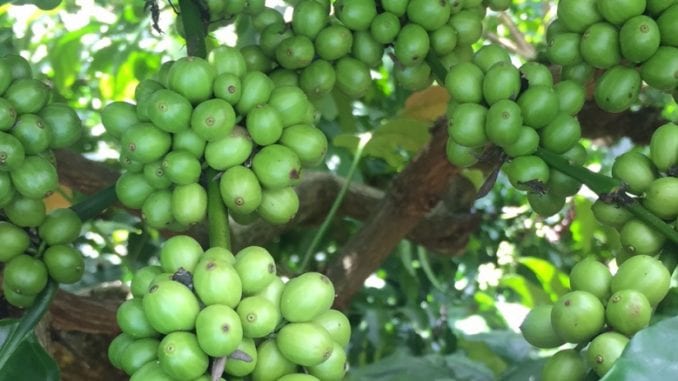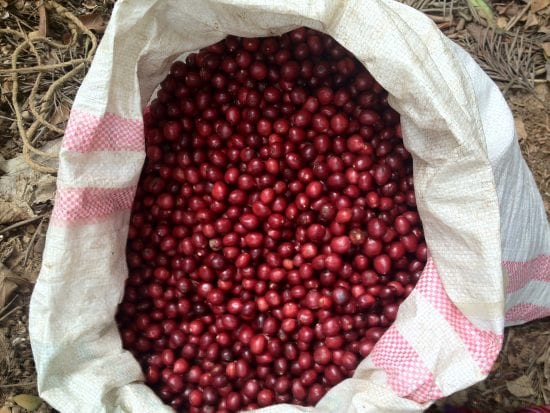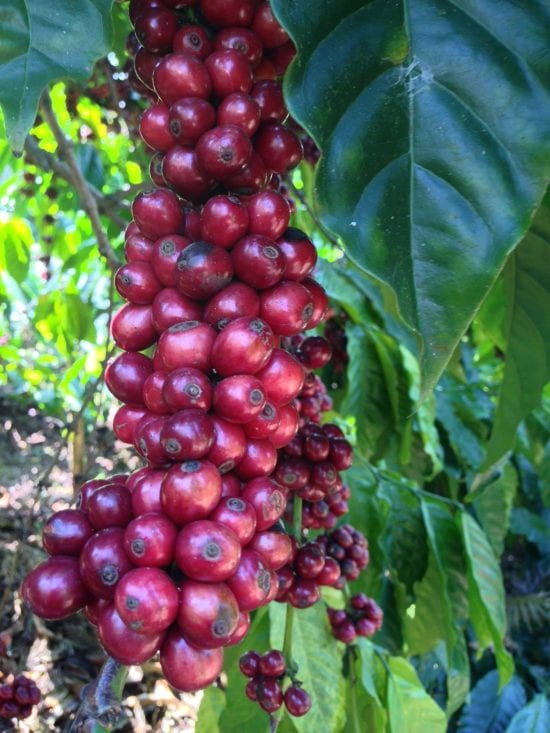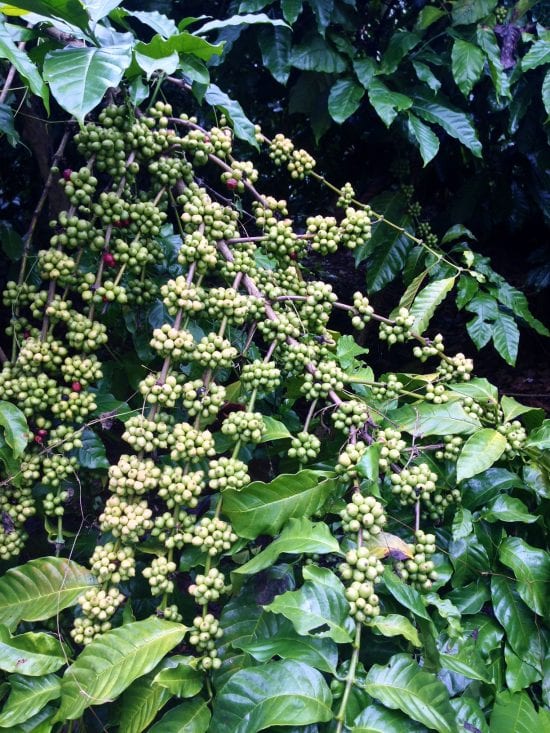
Following this year’s Taza Dorada robusta cupping competition in Ecuador, we talked to coffee roasters and growers about the opportunities and challenges of specialty robusta.
BY CHRIS RYAN
BARISTA MAGAZINE ONLINE
Photos courtesy of Kaapi Royale
The Taza Dorada cupping competition in Ecuador earlier this year brought together robusta growers to reward the top robusta coffees from the country.
The competition shined a light on the specialty robusta market—a category that is largely untapped in the United States but more developed in markets like Australia, Thailand, and Japan. Here we explore specialty robusta by answering a few simple questions.
What is robusta?
There are two main species of coffee—Arabica, most commonly associated with specialty, and robusta, which is often used in instant coffee and the commercial market, and accounts for over 35 percent of the global coffee market.
While robusta has a reputation for poor cup quality, some experts believe that poor cherry handling has helped robusta get a bad rap. “Most of the world’s robusta is strip-picked, sometimes almost completely green, and natural processed on the ground,” says R. Miguel Meza, owner of Paradise Coffee Roasters. “Like with Arabica, it is only when we begin doing more selective harvesting and setting up washing stations in growing regions that we begin to really see the potential of these coffees.”

How is specialty robusta different?
While robusta coffees may not have the complex, delicate flavors of the best Arabicas, Miguel says freshly harvested, properly cultivated robustas can possess amazing flavors, with “floral notes like jasmine and a range of fruity characteristics.” High-quality robustas are employed most commonly to bring another level to espresso blends. Hiver van Geenhoven, owner of San Jose’s Chromatic Coffee, has used robusta in espresso blends and says robusta, “when used with intention and purpose, can add a unique and powerful quality to an espresso blend that no Arabica can quite match.”
The Coffee Quality Institute has helped encourage the development of the specialty robusta market with its Q-Robusta program, which trains professionals in high-quality robusta standards. Nishant Gurjer, owner of India’s robusta-producing Kaapi Royale Coffee farm, is Q-Robusta-certified, and very buoyant about robusta’s growth opportunities. “The category is certainly growing, and in the years ahead I feel will be at the forefront of the specialty coffee segment,” he says. “In fact, more and more boutique roasters are offering specialty robusta as standalone coffees.”

Why is growing robusta advantageous for coffee farmers?
At the farm level, robusta has a few advantages over Arabica: It’s less susceptible to disease, more productive, and more tolerant of high temperatures. With climate change-related issues resulting in fewer areas being capable of producing Arabica coffee, robusta’s hardiness makes it a more attractive option for producers. Denise Bustamante, a robusta farmer whose family owns the Hacienda Denise farm in Ecuador’s Guava Province, sees significant opportunity in growing robusta coffee. “Ecuador is one of the few countries that has both Arabica and robusta, and we want to change the mentality that robusta is only for instant coffee,” she says. “Specialty robusta is the present and future of the coffee. We are encouraging more producers to get involved in the coffee business and plant robusta, and we help them on producing quality coffee.”

What challenges do growers face in robusta production?
One significant challenges robusta faces is one of density, which shortens its shelf life. “The beans are less dense, so they age faster,” says Miguel from Paradise Coffee Roasters. “Hot, humid areas they grow in means drying is more difficult, and moisture damage in storage is more likely.” Miguel says these issues can be addressed through technical training, but because there isn’t a big market in many countries for high-quality robusta, the investment hasn’t been made to teach growers how to store and pack their coffee to make it shine. “The technical solutions are easy,” he says. “The training and incentives for people in the supply chain to implement them are more difficult.”
That’s not to say that training programs aren’t making inroads to improve robusta quality—in addition to the Coffee Quality Institute’s program, there are initiatives like Catholic Relief Services’ Coffee Table project, which trains robusta growers on post-harvesting practices to improve coffee quality.
While specialty robusta may be in its infancy, given the geographical implications and its potential for improved quality, we may be seeing it play a bigger role in coffee’s future.

